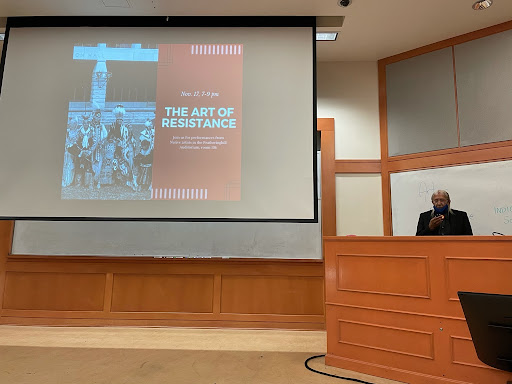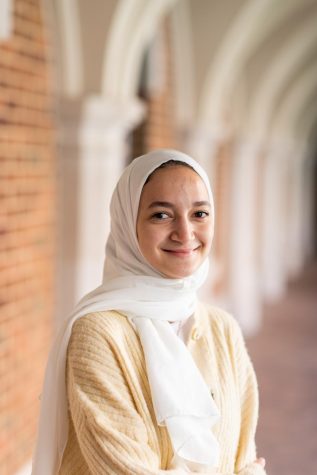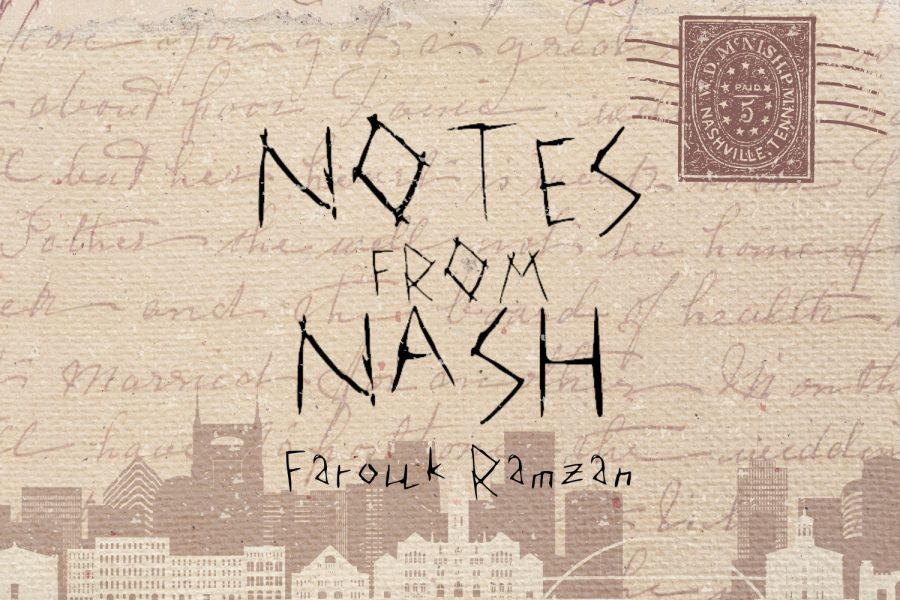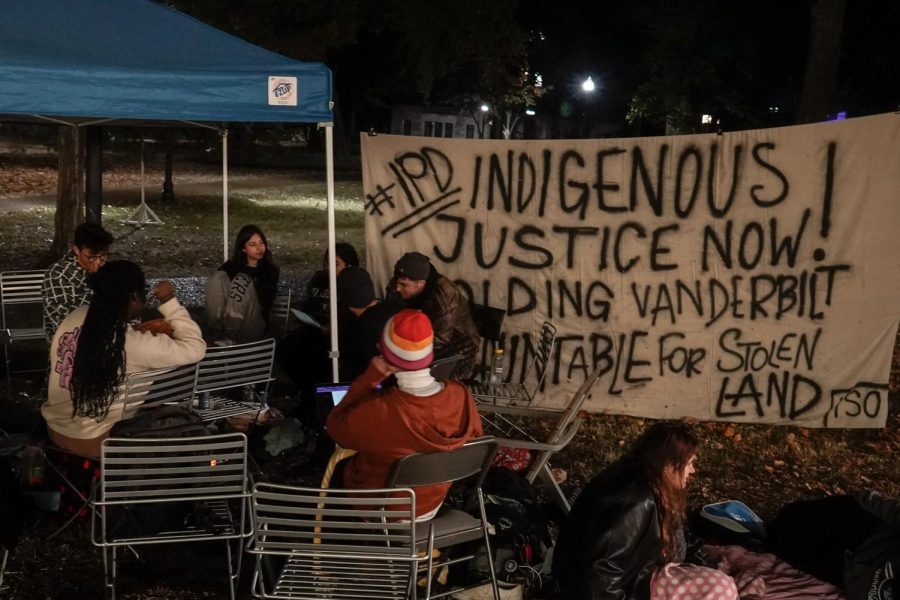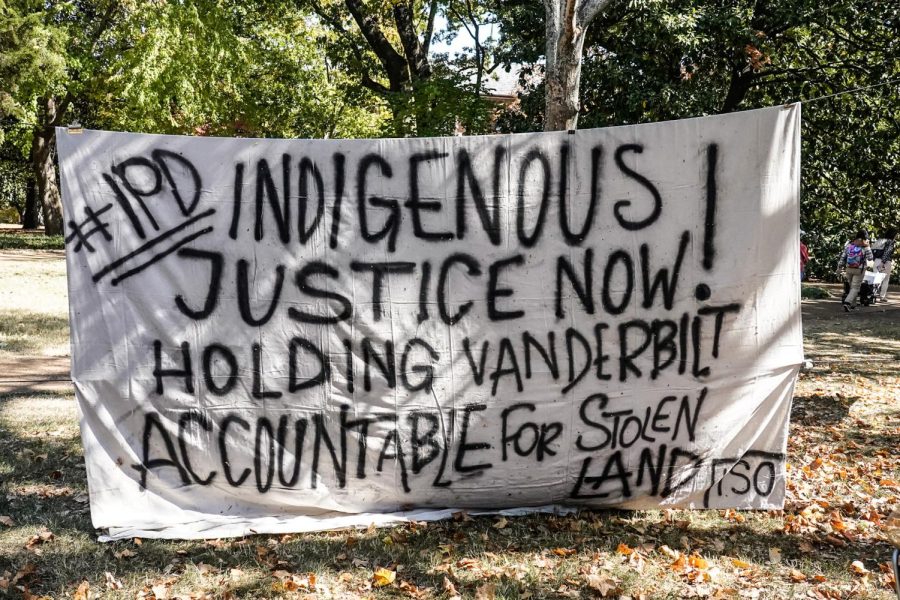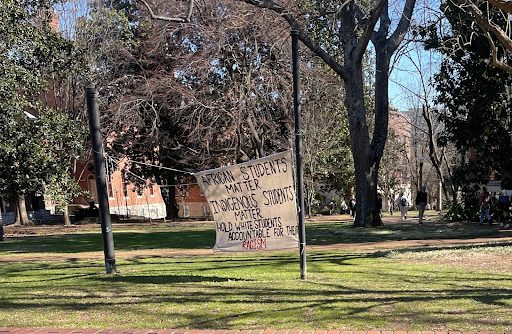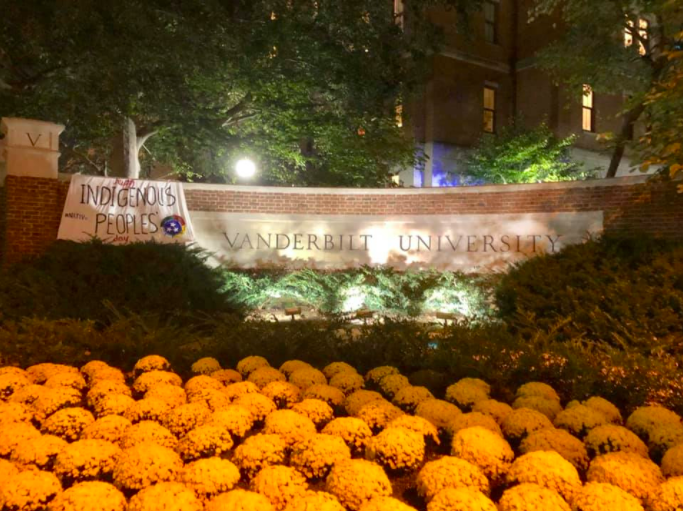November was Native American Heritage Month (NAHM) nationwide. From Nov. 1-29, events highlighting Native American and Indigenous culture occurred on campus, such as an Indigenous Identity roundtable on Nov. 11 and an art showcase on Nov. 17 featuring “Art of Resistance.”
The Indigenous Scholars Association (ISO) hosted Vanderbilt’s month-long NAHM in collaboration with the Student Center for Social Justice and Identity (SCSJI) with the overarching theme of building community.
“Last year the theme was #LandBack, which was really focusing on resistance, so [this year] we wanted to build on the fact that to have resistance, you have to build community,” Brittany Pomilee, SCSJI program coordinator, said.
NAHM programming began on Nov. 1 with the NAHM Kickoff, which took place in the Multicultural Lounge. Food was served and community members were invited to learn more about the ISO and the month’s programming as well as to meet others, which several thought was successful in creating a sense of community at the beginning of the month.
On Nov. 9, Pulitzer Prize winning poet Natalie Diaz, who is Mojave and a member of the Gila River Indian Tribe, hosted a virtual reading as a part of the NAHM programming. Natalie Diaz is the author of two award-winning books inspired by her Native background titled “When My Brother Was an Aztec” and “Postcolonial Love Poem.”
Diaz began the presentation by reciting her new poem titled “Colony” and then read poems from her books. Throughout the readings, Diaz expressed gratitude for poetry being a safe space during the COVID-19 pandemic.
“I think a lot about the spaces where we’re allowed to express those feelings that we have. It’s lucky that poetry can be that place,” Diaz said.“One of the luckiest things about writing poetry is that you can read it and just spin in the words that first filled you with energy or electricity.”
On Nov. 11, the ISO hosted an “Indigenous Identity Roundtable,” which was open for Indigenous members of the Vanderbilt community to gather and talk about their identities. The roundtable focused on the feeling of belonging within the Indigenous community.
“It was definitely nice to be able to talk to people about things that I know we all are feeling but haven’t had to people to talk about it with,” senior Gabby Guarna, ISO co-president, said.
On Nov. 17, Indigenous rights activist Elder Albert Bender, Native American Indian Association of Tennessee board member Trenton Wheeler, Professor Jana Harper and photojournalist and business owner Melanie Bender hosted the “Art of Resistance” event on campus, which was described by Guarna as ISO’s annual capstone event meant to showcase Indigenous art as a method of resistance for Native communities.
“Hearing the stories of Indigenous folk in Nashville was incredibly educational and impactful,” senior Jo-Hannah Valentin said. “I think that as a Black non-indigenous person, it was incredibly impactful because I was able to see resistance in action. It helped me see that there isn’t an ‘Indigenous look’—all of the guests looked widely different from each other.”
To signify the conclusion of NAHM, ISO and SCSJI held a “Restorative NAHM feedback circle” in the Multicultural Community Center on Nov. 29. Community members were invited to participate in a restorative practice, one rooted in Native culture, during which individuals reflected and shared conversations about the influential parts of the month’s programming.
The feedback circle ended by discussing what community members hoped to see for future NAHM programming. Many suggestions were given, such as Guarna proposing a larger cultural showcase to highlight Indigenous culture via a performance of some kind, as well as an event based on defining terms associated with Indigenous culture, such as “landback,” “decolonization” and “sovereignty.”
“It’s important to know what you’re saying before you talk about it,” Guarna said.

